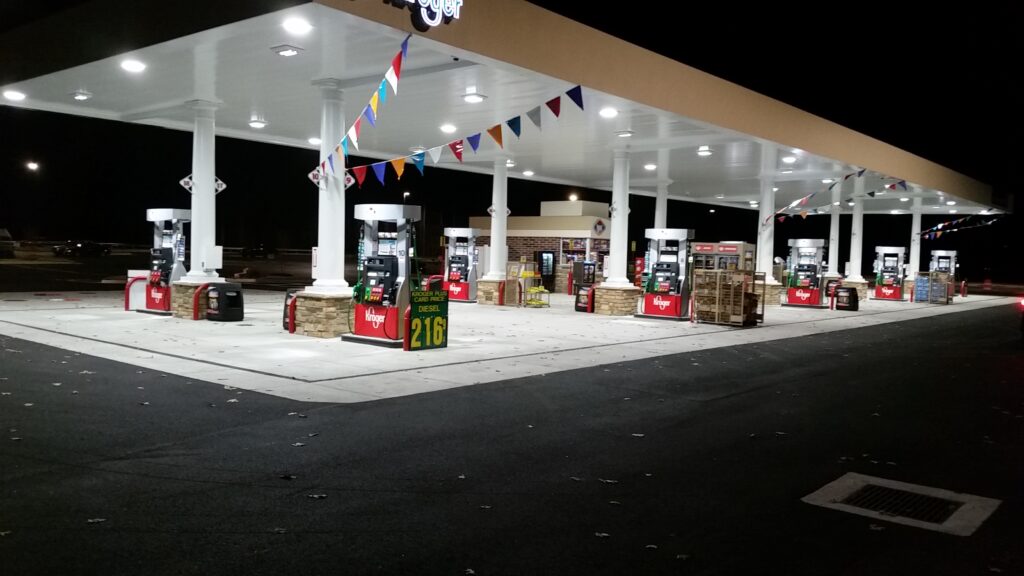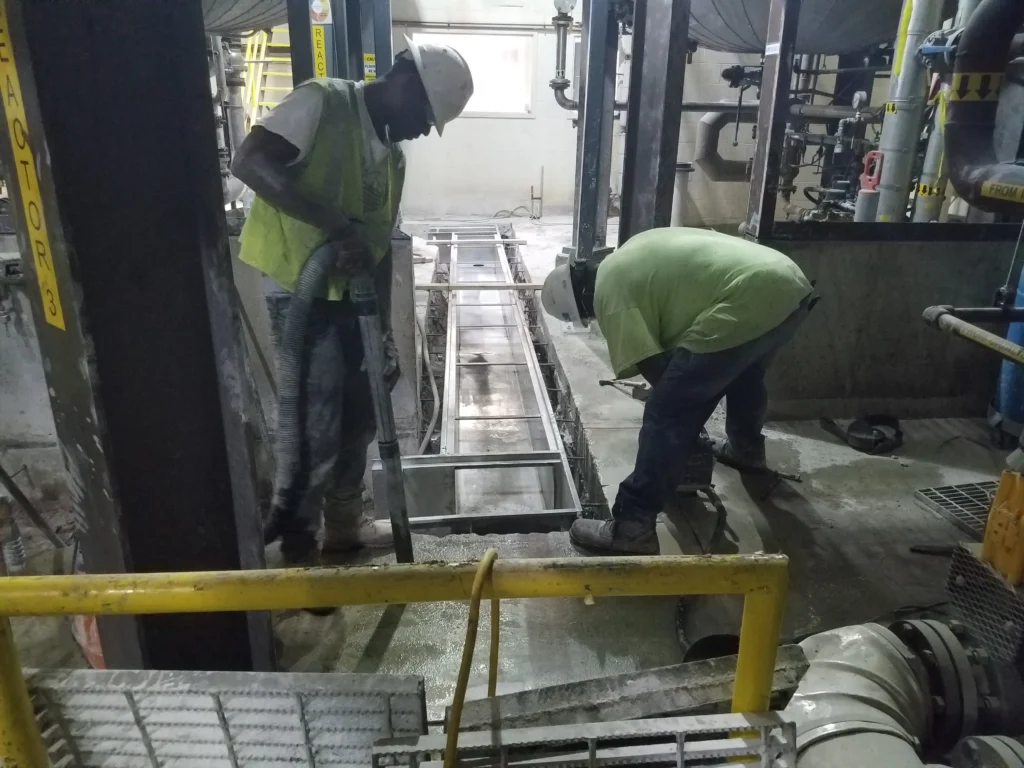Trench drains are one of the most popular solutions for drainage in a wide array of applications for good reason. These drainage solutions are made to handle tough challenges, can be designed in a variety of ways, and are made from many different materials. You can also add trench drain grates that will help you control the maximum amount of water flow that is handled by your drainage system each day.
Being sure about the size of your trench drains is key before you install any kind of drainage on your property. The size of your drainage solutions is directly linked to the maximum flow of water that needs to be drained away from any given location on your property each day.
Determining Drain Size With Manning’s Formula

If you are not sure how to figure out channel flow or maximum flow for your drainage, there is an equation that is used to figure out this factor before you install trench drains. The formula is called Manning’s Equation and it uses flow velocity, cross-sectional area, hydraulic radius, and channel slope to figure out the maximum flow rate/discharge that your trench drains can handle.
The formula is:
Q = (1.486/n) * A * R^(2/3) * S^(1/2)
This formula calculates the maximum flow of water that can be handled by your existing trench drains or the proposed system that you are going to install. You will also need to have data that tells you how much maximum water flow you need to expect to take care of in any given location.
For manufacturing locations, this calculation might be different in every area of the workspaces that might have water runoff to manage. In outdoor applications, seasonal rain data and other factors might impact the maximum expected volume of water that will need to be handled by drainage in or on your property.
This is one of the areas that is overlooked by many people when they are installing trench drains. While it might be tempting to install with the bare minimum of expected water flow in mind, this is not the right way to plan out a drainage system. While you might not need to handle the maximum water flow more than a few times a year, having flooding conditions on your property is not acceptable during peak water flow periods.
How to Use Manning’s Equation to Help You Select the Right Trench Drains

Now that you know what the right trench drain sizing equation is, how can you apply it? You need to understand the various aspects of the calculations that are being used to come to this number. You will also need to look at the various factors that are part of the consideration of the maximum flow of water runoff in any given area.
In the equation, Q is the flow rate in the channel, and A is the square units of measure that are being used. R= the hydraulic radius, and P is the wetted perimeter. S is the channel slope. Armed with knowledge about which factors are included in the equation, we can look at the other steps that you need to take once you have used the equation.
1. Be Clear About Project Requirements
You will need to know that the project is asking with regards to the area that needs to be drained, the anticipated peak flow rate and any regulations or standards that might impact the drainage on your property during the installation process. Code and other kinds of local requirements can limit the kinds of drainage that you can install.
2. Collect all the Data
The data might include topographic surveys, historic rainfall reports, and other site-specific requirements for your drainage applications.
3. Estimate
You will then need to use the equation to estimate the flow rate of each potential trench drain design and style that you are looking at to see if they match the other data about peak expected water flow. You will also need to consider the nature of the runoff and pick the right materials for your drainage. Manufacturing locations will need to be cognizant of additives or chemical runoff that might break down plastics or other kinds of drainage products over time.
Additionally, you will need to consider the kind of grates that you place on your drains, as the grate style can impact maximum water flow and things like safety.
4. Calculate the Slope and Radius
The slope and radius of the drain are linked and can impact how effectively your drainage solution handles water runoff on a daily basis. Drains without the right slope will be more likely to suffer damage or be undermined by standing water.
5. Consider Cleanup and Maintenance
When choosing the design of your trench drains, remember that you will need to clean and maintain your drainage on a regular basis. The method of enacting these processes can help determine what style of drainage you should select. There are many different shapes of trench drains as well as many kinds of drain grates that you can select from, and all of these considerations will impact the maintenance of your drainage solution.
Finding the Proper Trench Drain Size Directly Impacts Performance and Longevity

Having the right trench drains in place on your property can have a big impact on the longevity of your drainage solutions and the safety and usability of spaces around your home or business location. Removing standing water, even during peak flow periods, is key. You will want to make sure that you have compared the other data at your disposal with the information collected using Manning’s equation before you install any kind of drainage at your home or business.
Mathematical calculations can take the guesswork out of selecting the right size of trench drain. You don’t have to guess and hope to get access to drainage solutions that really work. The team at Dura Trench can help you with the process of installing the right drainage without breaking the bank!












